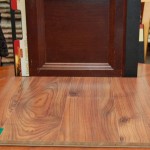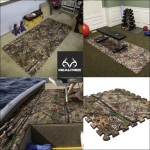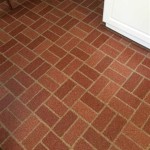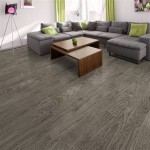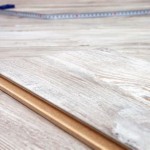Bat Flooring Tiles: A Comprehensive Guide to an Essential Element of Bat House Design
Bat flooring tiles serve as crucial elements within bat houses, providing roosting surfaces that meet the unique needs of these vital creatures. Understanding the essential aspects of bat flooring tiles is paramount to fostering successful bat colonization and ensuring the well-being of our winged friends.
Material and Texture:
The material of choice for bat flooring tiles is typically wood, offering a rough and textured surface that provides excellent grip for bats. Plywood, cedar, or other untreated softwoods are ideal options, as their naturally porous texture creates a secure hold for bats' claws. Avoid using materials that are smooth or slippery, such as plastic or metal, as these surfaces can be hazardous for bats.
Angle and Incline:
The angle and incline of bat flooring tiles play a significant role in facilitating bat access and promoting roosting comfort. Flooring tiles should be installed at an angle of 20-40 degrees, providing a gradual incline that allows bats to easily enter and exit the house. Steep angles can hinder bats' ability to use the roost, while shallow angles may not provide sufficient support for them to hang securely.
Spacing and Placement:
Proper spacing and placement of bat flooring tiles are crucial for maximizing bat occupancy. The distance between tiles should be wide enough to prevent crowding and allow bats to move freely within the house. Typically, a spacing of 3-4 inches between tiles is recommended. Additionally, tiles should be placed in multiple layers to provide a variety of roosting options for bats, as individuals may prefer different heights and locations within the house.
Depth and Recesses:
The depth and наличие of recesses within bat flooring tiles provide important features for roosting bats. Tiles with a depth of 3-4 inches or more offer sufficient space for bats to tuck themselves away and feel secure. Recesses or rough surfaces on the tiles provide additional grip to prevent bats from sliding or falling. These features enhance the overall usability and comfort of the bat house.
Maintenance and Inspection:
Regular maintenance and inspection of bat flooring tiles are essential to ensure their longevity and effectiveness. Periodically remove debris, droppings, and other materials that may accumulate on tiles. Inspect tiles for any damage or wear that may need repair. Proper maintenance will extend the lifespan of the bat house and provide a safe and comfortable roosting environment for years to come.

Marble Bathroom Floors

Patterned Bathroom Floor Tile Atticmag

Patterned Bathroom Floor Tile Atticmag

Patterned Bathroom Floor Tile Atticmag

What Does It Cost To Tile A Bathroom Floor Ulta Home

Black White Hexagon Toilet Bathroom Kitchen Tile Flooring Self Adhesive Sticker Water Proof Anti Slip Wallpaper Home Decor Furniture Living Wall On Carou

Outdoor Floor Tiles Ann Arbor Stone Tile

60x60 Super Black Full Glazed Polished Porcelain Bathroom Tiles Floor Building Material China Ceramic Tile Made In Com
Shower Drain Slope With Large Format Tile Q Ceramic Advice Forums John Bridge

Patterned Bathroom Floor Tile Atticmag
Related Posts

